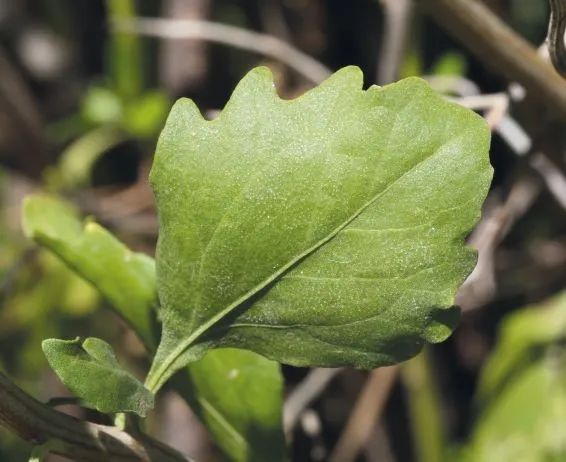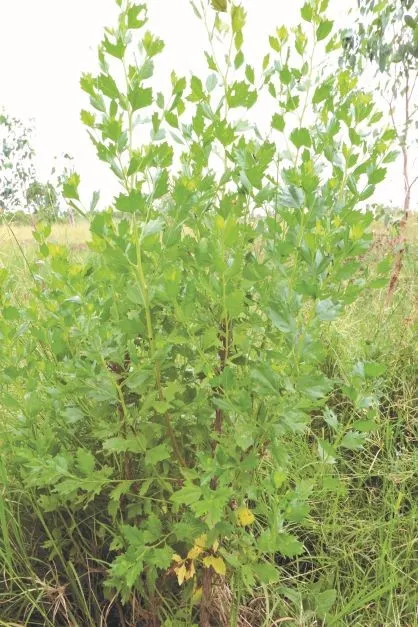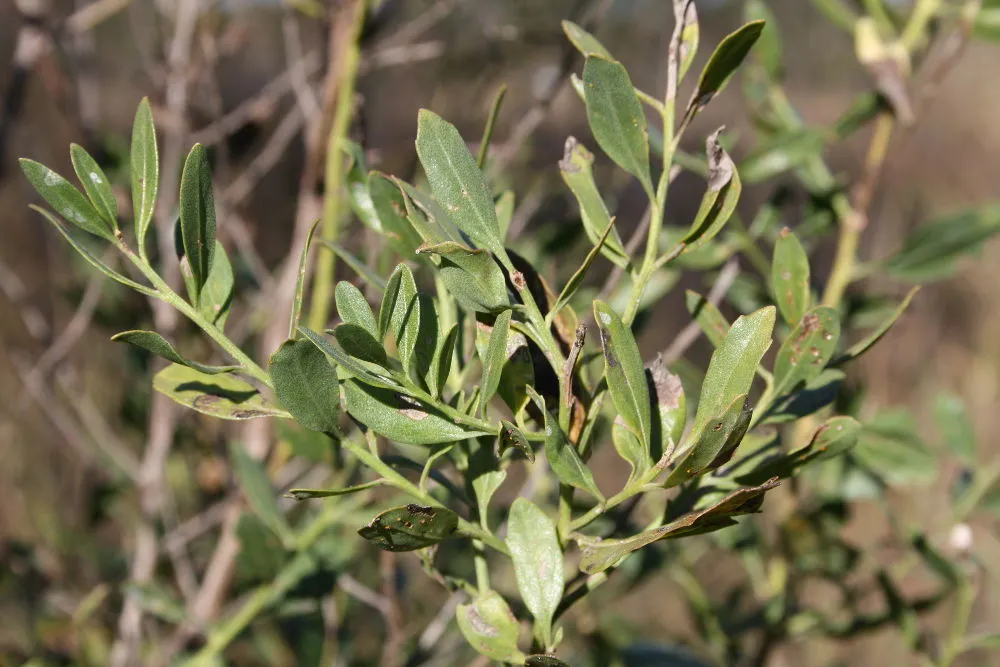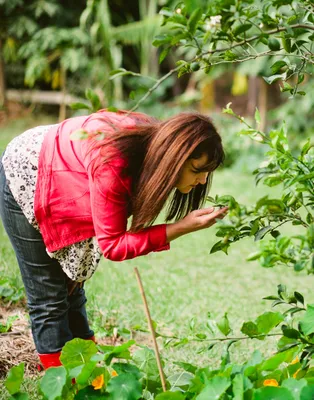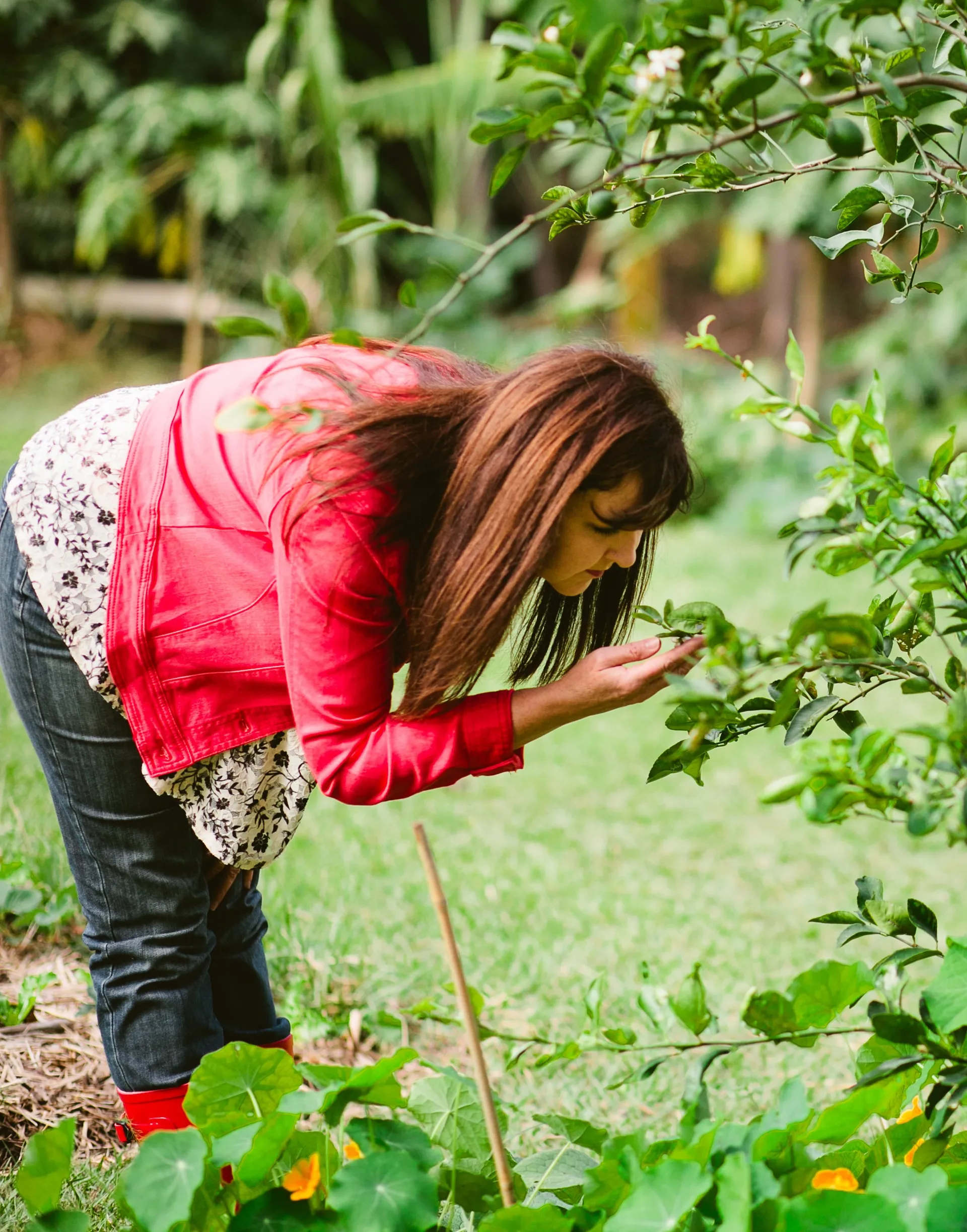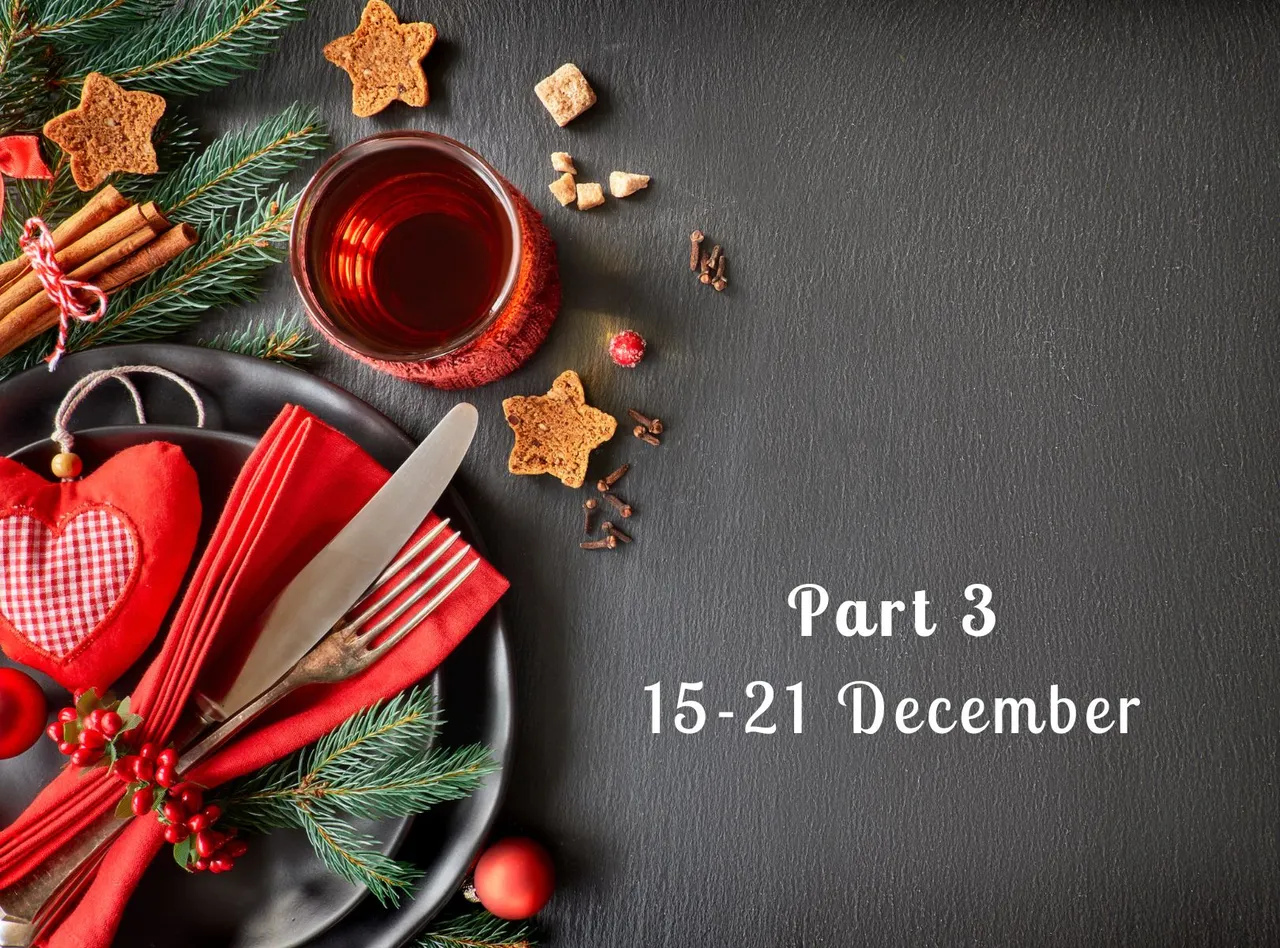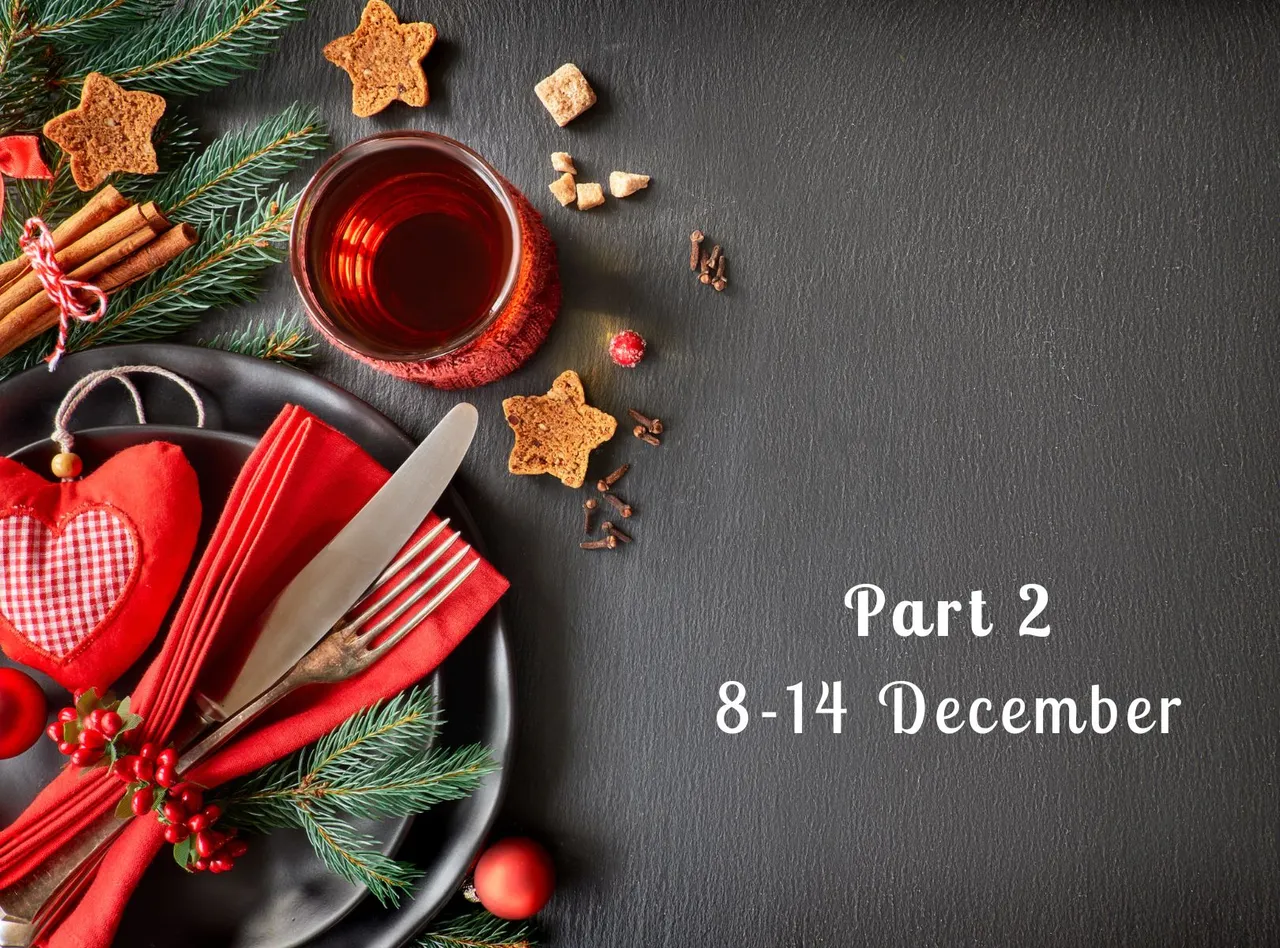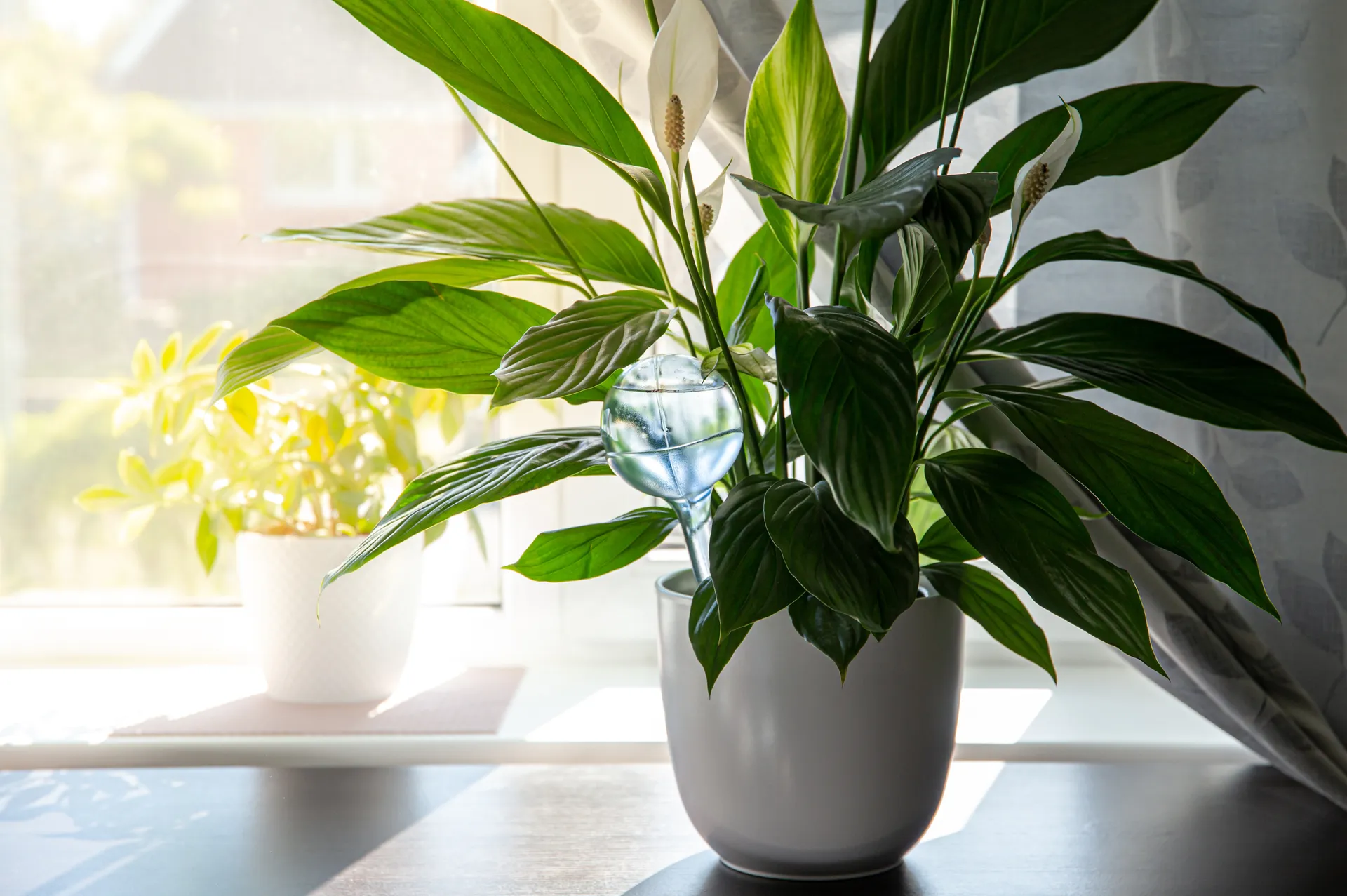How to remove invasive Groundsel bush
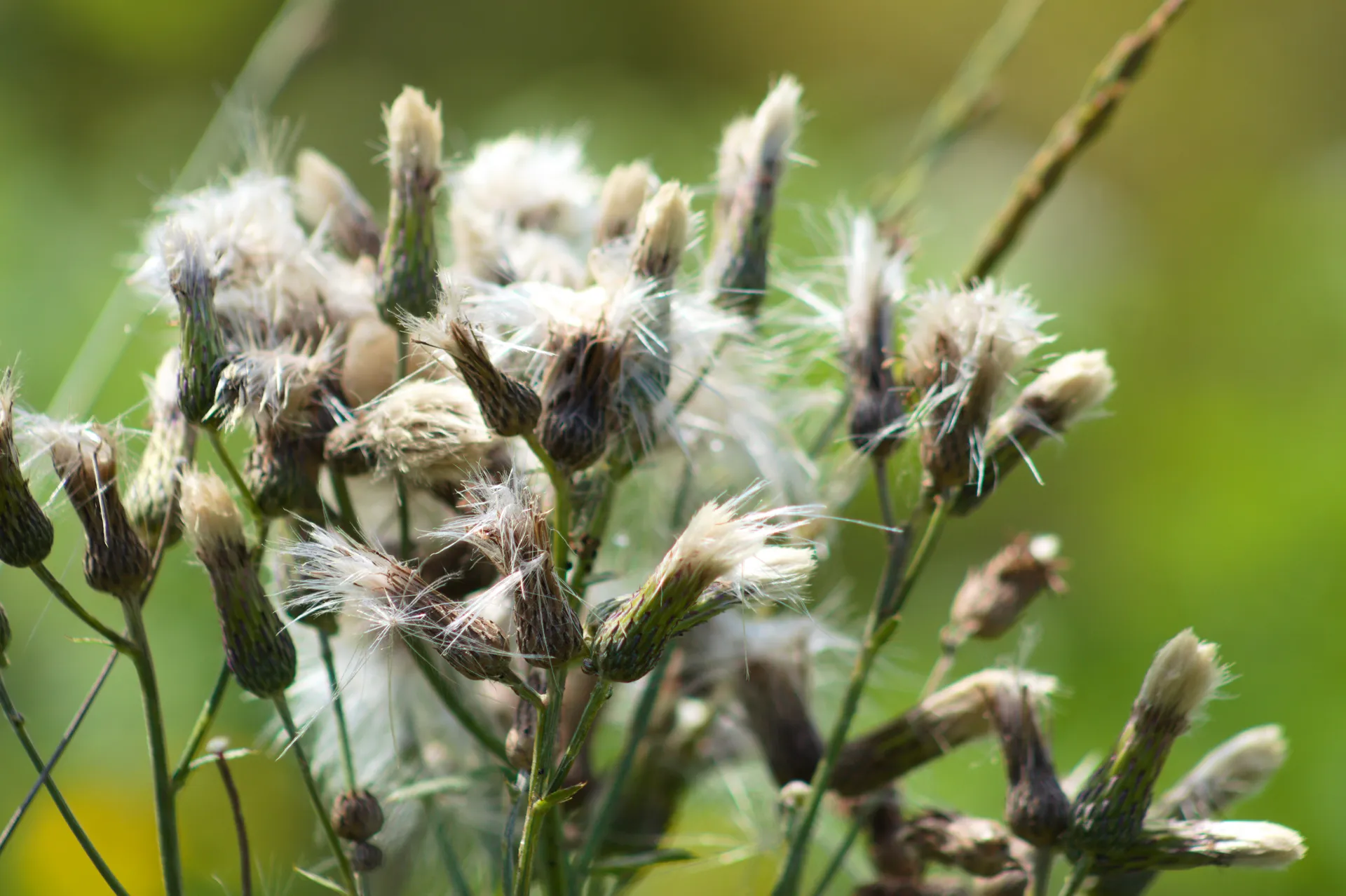
One mature groundsel plant can produce up to a million seeds. Those seeds can survive in the ground for several years. This prolific pest takes over our unique ecosystems as well as pasture and farms.
Invasive Groundsel bush (Baccharis halimifolia)
This prolific pest, which also goes by the name consumption weed, eastern baccharis and groundsel tree, is about to start flowering. You can help stop the spread!
Groundsel bush takes over our unique ecosystems as well as pasture and farms. One mature plant can produce up to a million seeds so it's a big problem.
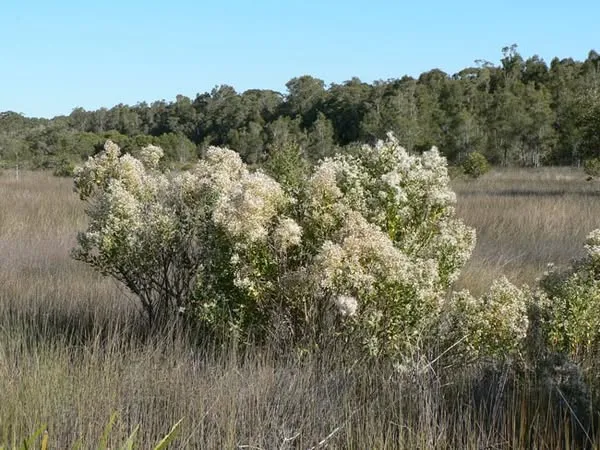
Native to the USA, groundsel bush is a dense, woody shrub particularly suited to moist and coastal areas.
Groundsel bush was introduced to the Brisbane region as an ornamental plant before 1900. Now found in coastal parts of Queensland and northern New South Wales, it competes with both native and pasture vegetation and can be a serious weed in young forestry plantations. The spread of groundsel bush threatens the sustainability of agriculture and other land uses.
How you can help

1.Identify the Groundsel Bush
Look for an upright weed typically growing 5-18 inches tall with deep, irregular lobes on the leaves and yellow flowers that produce puffy seed heads
2. Prepare Your Tools
Gather gloves, a hand trowel or hoe, and a bucket for collecting the removed plants.
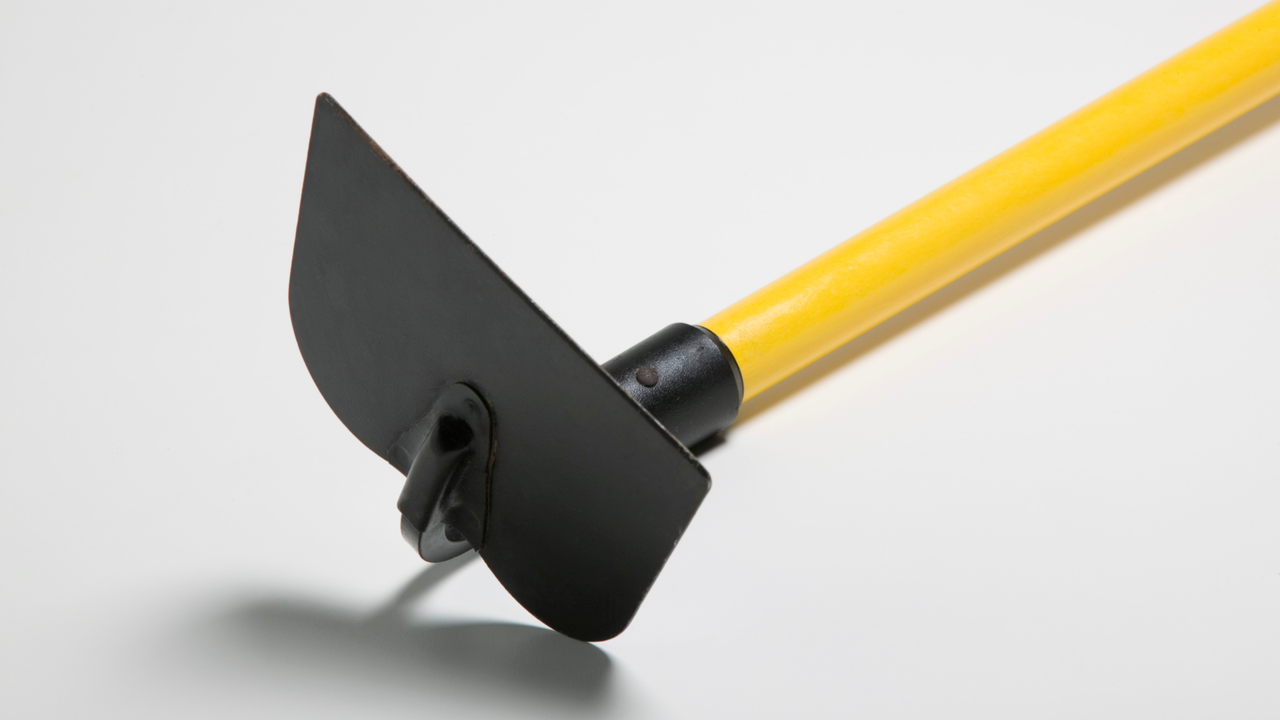
3. Choose the Right Time
The best time to remove groundsel is after a rain when the soil is moist, making it easier to pull out the roots.
4. Remove Small Seedlings
For young plants, use a hoe to cut them off at the base on a hot, dry day so they wither and die
5. Pull Up Larger Plants
For larger plants, grasp the base of the plant firmly and pull it out, ensuring you remove as much of the root system as possible. Alternatively, dig them from the ground or cut the root off more than 10cm underground.
6. Dispose of the Plants Properly
Do not compost groundsel plants if they are in flower, as they can still set seed even after being pulled up, instead, place them in a bucket and dispose of them in the rubbish bin.
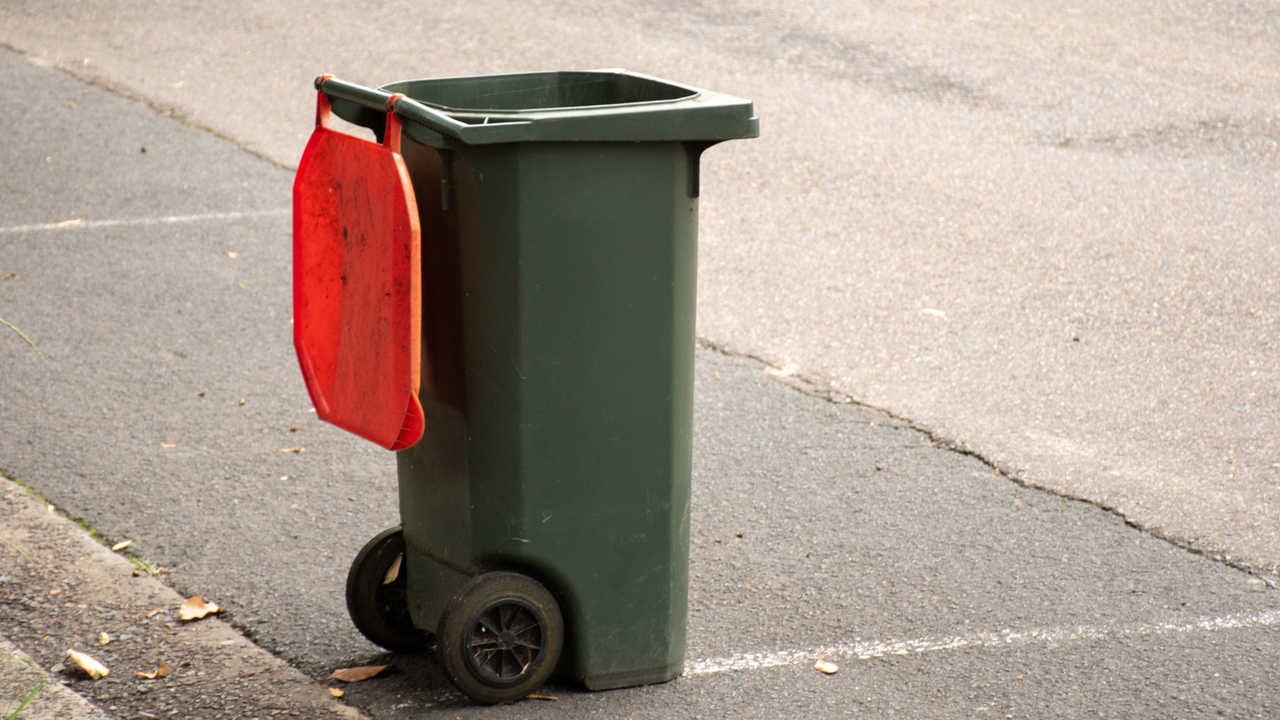
7. Monitor and Repeat
Regularly inspect the area for new seedlings and remove them promptly to prevent re-infestation
8. Maintain the Area
Keep the area well-maintained by hoeing regularly and ensuring good soil health to discourage groundsel growth.
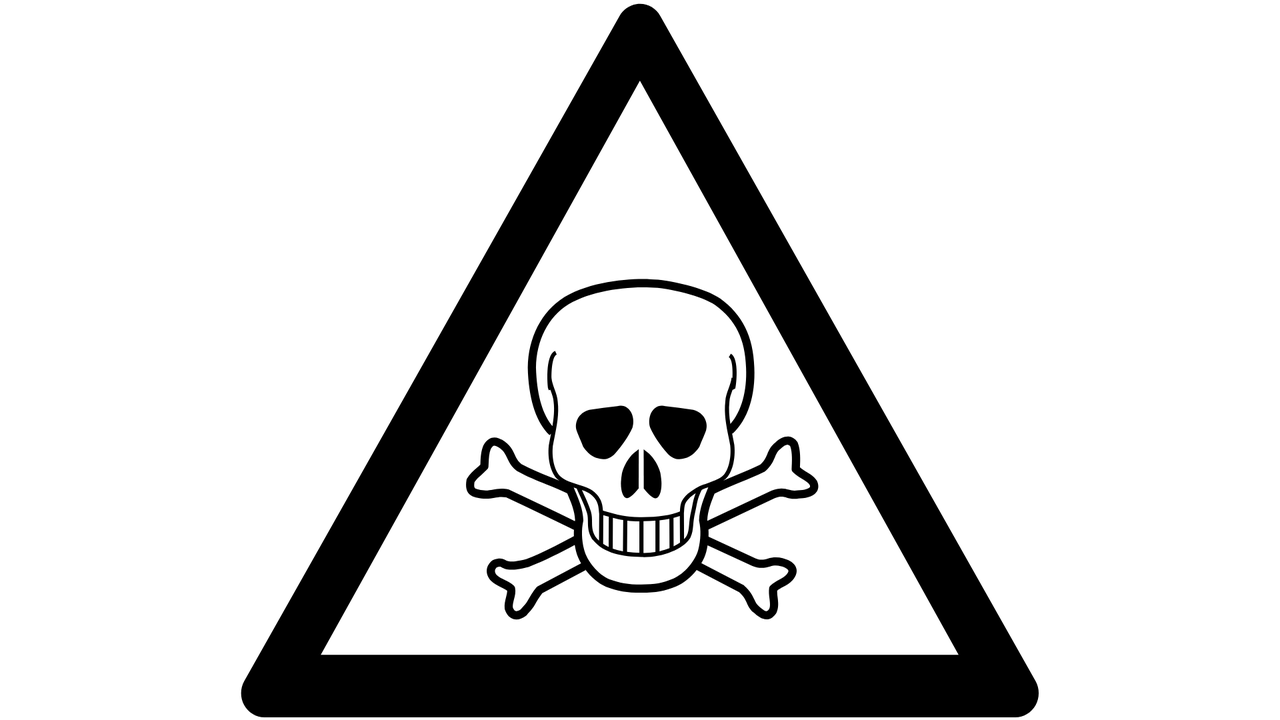
The impact
Environmental
- Replaces plants and destroys native wildlife habitat.
- Can become abundant in vegetation along watercourses and in coastal woodlands and forest areas.
Economic
- Competes with pasture species for water and nutrients.
- Serious weed of forestry plantations in first year of planting.
Social
- Germinates in home gardens.
- Causes allergies induced by airborne pollen and seed fluff.

Important
You must manage the impacts of Groundsel bush on your land.
You must not give away, sell or release Groundsel bush into the environment.
Further reading
Groundsel bush is a priority invasive species and identified in the region for containment. That means it is found in some parts of our region further spread needs to be prevented.
- Find out more about Groundsel bush :
- For information on controlling Groundsel bush, including a guide to the right herbicides for your situation:
- Preventing weed spread : advice for gardeners and outdoor enthusiasts
